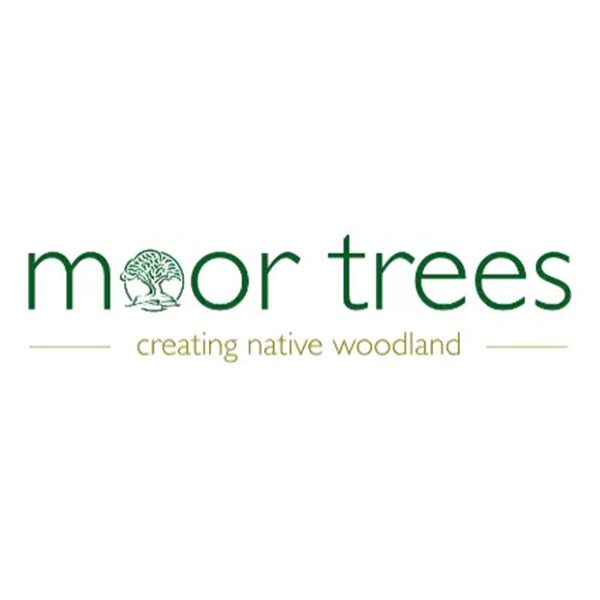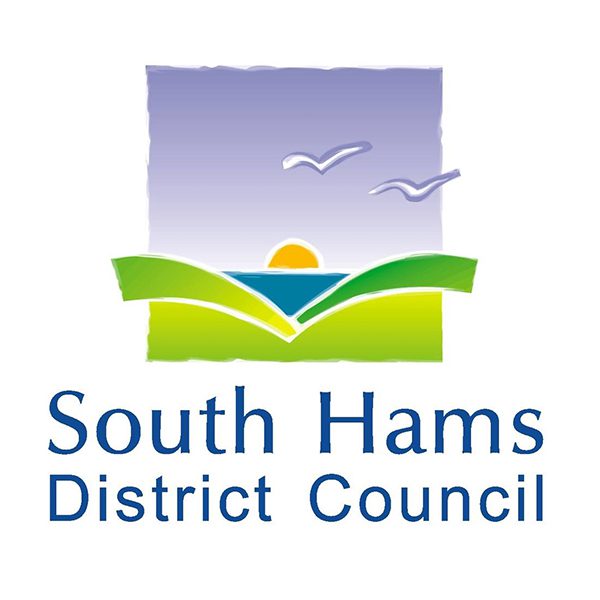Understanding Common Tree Diseases in the UK
Trees, like all living things, can be susceptible to various diseases. These diseases can impact trees’ health and growth and may be fatal if not treated properly.
Understanding the common tree diseases can help tree owners and caretakers take early action to preserve and protect their foliage. At Kneebone Trees we specialise in all aspects of tree surgery and offer advice and care for tree management in Devon.
In this guide, we look at the common tree diseases that impact landscapers in the UK and how these can be treated with professional help.
Powdery Mildew
Powdery mildew is recognised by a distinctive white or grey powdery fungus that appears on the leaves and stems of trees.
It often affects a wide range of deciduous trees and is more prevalent in dry conditions.
Management:
Pruning affected areas and improving air circulation can help. Fungicides may also be used as a preventative measure in the early stages of the disease.
Fire Blight
Caused by the bacterium Erwinia amylovora, Fire Blight is common in apple and pear trees.
Symptoms of this disease include wilted or blackened leaves and branches that look as if they have been scorched by fire, hence the name.
Management:
Prune infected branches well below the visibly affected areas, ensuring to sterilise pruning tools to prevent the spreading of bacteria after use.
Chemical controls might be available, but cultural practices are crucial in managing fire blight.
Dutch Elm Disease
Affecting elm trees, this disease is caused by a fungal infection spread by bark beetles. Symptoms include yellowing and wilting leaves that eventually lead to tree death.
Management:
Infected trees should be removed to prevent spreading.
Chemical treatments can offer some protection and managing beetle populations is also important.
Oak Wilt
Oak wilt is a fungal disease that affects the vascular system of oak trees, blocking water transport and causing leaf wilting and loss. Without proper treatment, this disease will lead to tree death.
It spreads through root grafts between adjacent trees or by insects so it can quickly infect multiple trees in the same area.
Management:
Tree removal and destruction of infected wood can prevent further spread. Fungicide injections and breaking root grafts are strategies used to protect uninfected trees.
Cedar Rusts
This group of fungal diseases primarily affects cedar and juniper trees, though apple, crabapple, and hawthorn can also be hosts.
It causes orange or rust-coloured spots on the leaves and fruit of infected trees.
Management:
Remove galls from cedar trees to reduce spore production. Fungicide applications at the right time of year can help protect susceptible plants.
Leaf Spot
Leaf spots are caused by various fungi or bacteria leading to spots on leaves, often surrounded by a ring. These spots may cause leaves to yellow and drop prematurely when left untreated.
Management:
Gather and dispose of infected leaves to reduce spread. Improve air circulation and, if necessary, treat with appropriate fungicides.
Anthracnose
Anthracnose is a common fungus that causes dark, sunken lesions on leaves, stems, flowers, and fruits of infected trees. It is particularly problematic during wet conditions.
Management:
Proper sanitation, such as removing fallen leaves and pruning dead branches, helps to manage the disease.
Fungicidal sprays may be applied in spring to prevent it from coming back.
Root Rot
Root rot can be caused by several different fungi and tends to affect trees sitting in poorly drained soil. With this disease, the roots decay and impair the tree’s ability to absorb nutrients and water.
Management:
Good drainage is essential to prevent root rot.
Infected trees may need to be removed, and chemical treatments may be recommended for some species based on the severity.
Apple Scab
Apple scab is caused by the fungus Venturia inaequalis and leads to dark, scabby patches on apple tree leaves, fruit, and sometimes branches. It can result in significant fruit deformities and crop loss when left to spread.
Management:
Cultural methods like proper pruning and removal of fallen leaves are important.
Fungicide applications before bud break during spring can also reduce the incidence of the disease.
Conclusion
Proper identification and management of common diseases are vital for the health of trees.
Regular monitoring, good cultural practices, like pruning and maintaining clean soil, and some chemical treatments can reduce the damage caused by these diseases.
Once a disease is identified, it is crucial to act quickly and follow the recommended treatments specific to that disease and tree species. Consulting arborists or tree health specialists may be necessary for the most effective disease management strategies.
Contact Kneebone Trees
To learn more about whether your trees are suffering from one of the common tree diseases we have outlined in this post, or to find out more about our services and see how we can help, please contact the team today.























